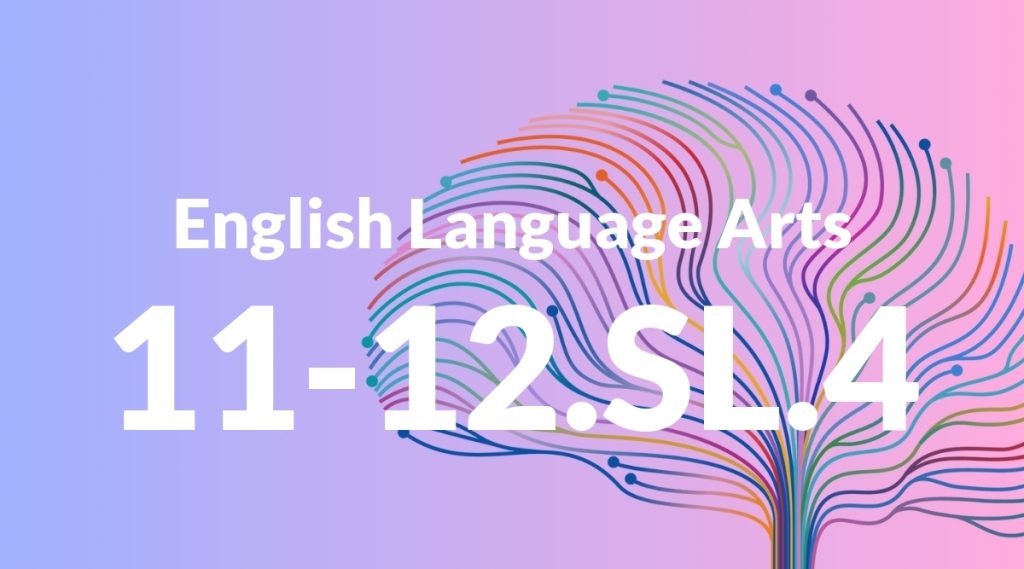Standard: 2.SL.4 – Tell a story or recount an experience with appropriate facts and relevant, descriptive details, speaking audibly in coherent sentences.
Grade level: Grade 2
Subject: English Language Arts
Domain: Speaking & Listening
Teacher Overview
This standard emphasizes the importance of students being able to tell a story or recount an experience clearly and coherently. It is crucial as it builds foundational communication skills that are essential for effective speaking and listening. Students should be comfortable speaking in complete sentences and have a basic understanding of sequencing events. They should also be able to distinguish between important and unimportant details.
After mastering this standard, students will be able to tell more complex stories and provide detailed explanations, which will be essential for their future academic and social interactions.
Common Misconception 1
Students may think that adding more details will make their story confusing. This misconception arises because they might not yet understand how to select relevant details that enhance their narrative.
Intervention 1
Use graphic organizers to help students plan their stories, focusing on key details that support the main events. Practice storytelling with peer feedback to reinforce the selection of relevant details.
Common Misconception 2
Students might believe that speaking loudly means shouting. This misconception can occur because they have not yet learned the appropriate volume for different speaking contexts.
Intervention 2
Conduct volume control exercises where students practice speaking at different volumes. Use role-playing scenarios to demonstrate appropriate volume levels for various situations.
Prerequisite Knowledge
Students should be able to speak in complete sentences and have a basic understanding of sequencing events in a logical order.
Subsequent Knowledge
Students will develop enhanced narrative skills, including the ability to use more complex sentence structures and a richer vocabulary to describe events and experiences.
Instructional Activities
- Story Circle: Students sit in a circle and take turns telling a short story about a recent experience.
- Show and Tell: Each student brings an item from home and describes it to the class, focusing on relevant details.
- Partner Interviews: Students pair up and interview each other about a favorite memory, then recount their partner’s story to the class.
- Picture Prompt: Provide students with a picture and have them create a story based on what they see.
- Step-by-Step Instructions: Students explain how to do a simple task, like tying a shoe, using clear and detailed steps.




